The tariff reductions are backdated to Thursday and apply to goods previously subject to “reciprocal” tariffs, ranging from 10% to 50%.
Others are reading now
President Donald Trump signed an executive order on Friday that lowers tariffs on a range of agricultural goods, including coffee, beef, tomatoes, and bananas. The move comes as Americans grow increasingly concerned about food prices and overall affordability.
Order applies retroactively to ease consumer strain
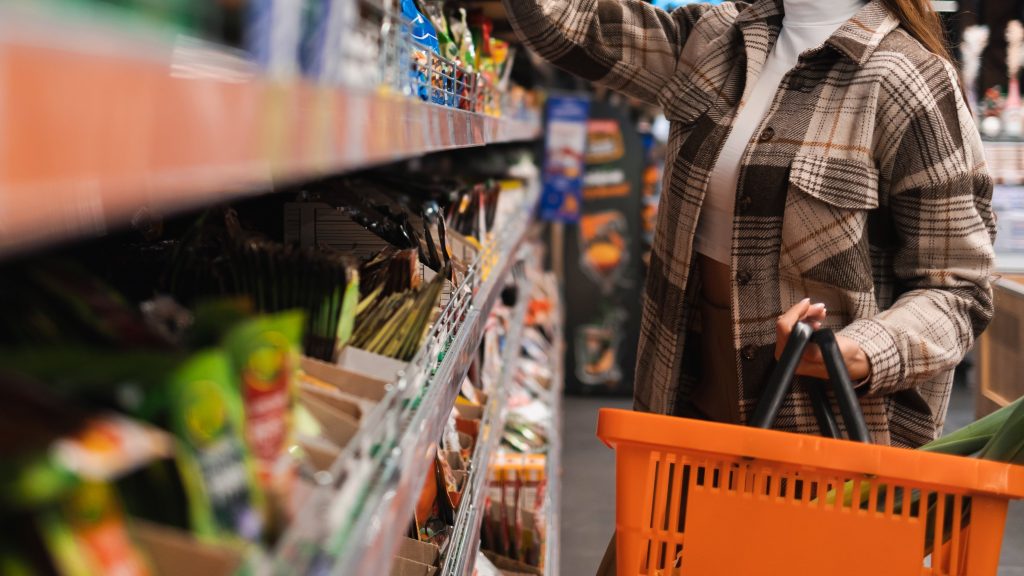
The tariff reductions are backdated to Thursday and apply to goods previously subject to “reciprocal” tariffs, ranging from 10% to 50%.
While these goods won’t be fully exempt, they’ll now face lower rates than before.
Tomato prices to stay high despite changes
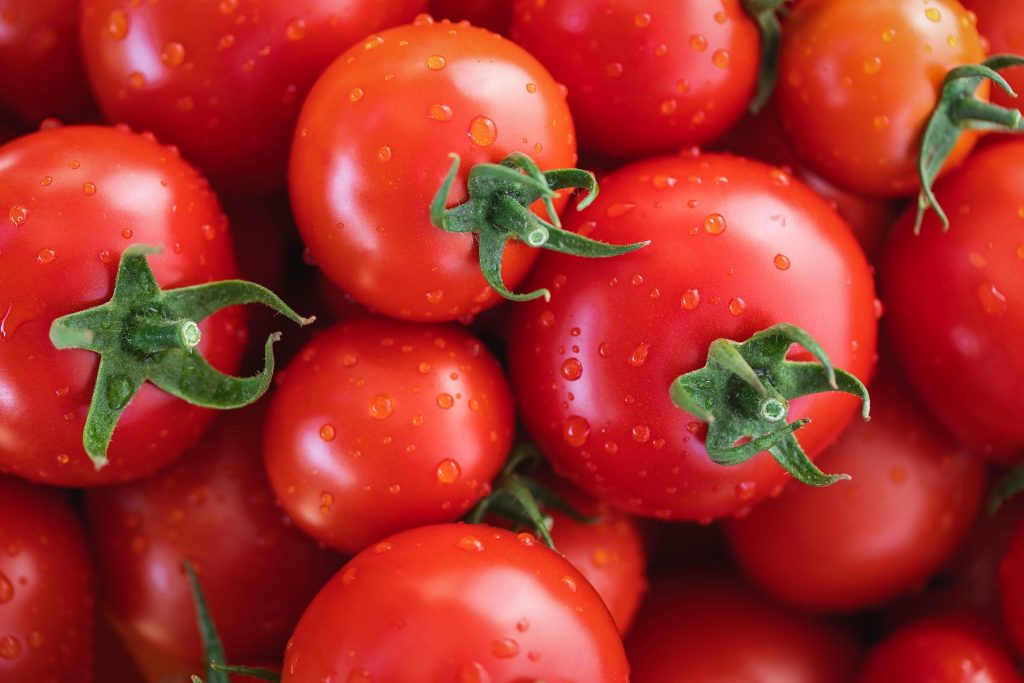
Not all goods will benefit equally. Tomatoes from Mexico, for example, will still carry a 17% tariff.
That rate was introduced in July after a longstanding trade deal lapsed and has been blamed for a sharp rise in tomato prices since then.
Coffee consumers could see relief soon
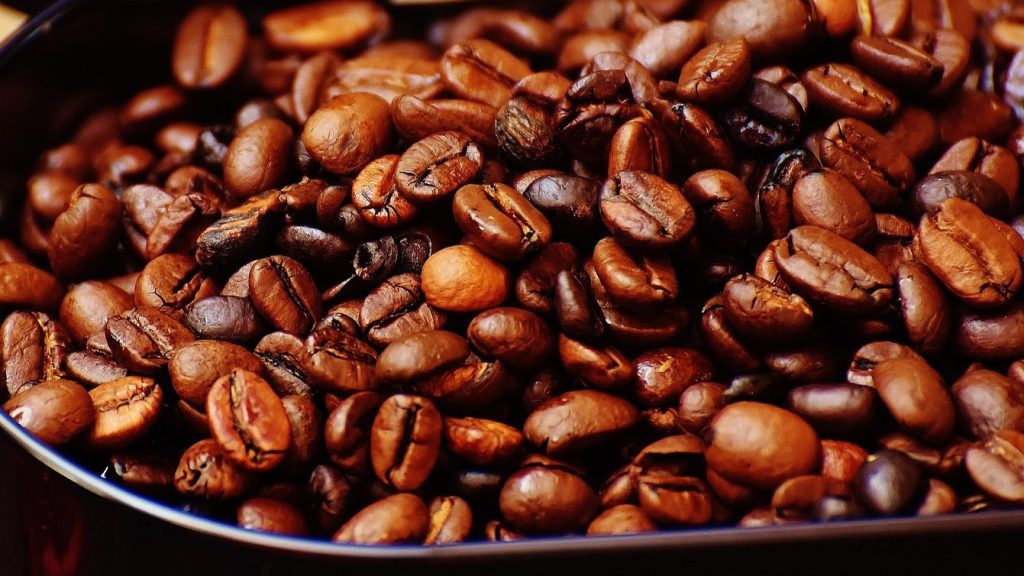
Also read
Coffee prices in the U.S. have surged in the past year, with consumers paying nearly 20% more in September than they did a year earlier.
Brazil, the U.S.’s top coffee supplier, had faced a steep 50% tariff since August, contributing to the price hike.
Beef and banana tariffs also rolled back
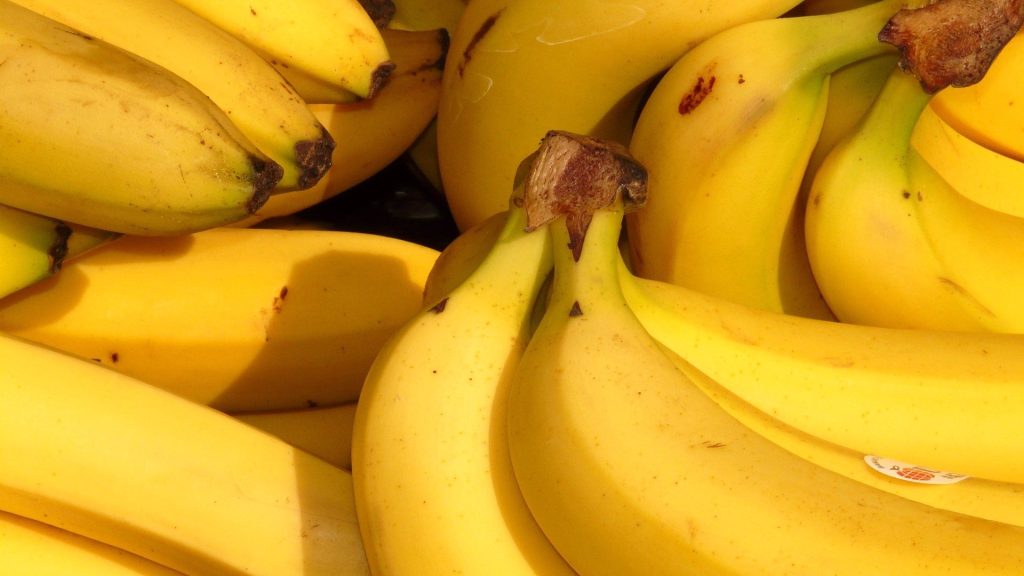
Alongside coffee, tariffs on beef and bananas are also being lowered. Treasury Secretary Scott Bessent noted that many of these goods, particularly bananas and coffee, are either not grown in the U.S. or are produced in very limited quantities.
Tariffs drove up food costs since Trump took office
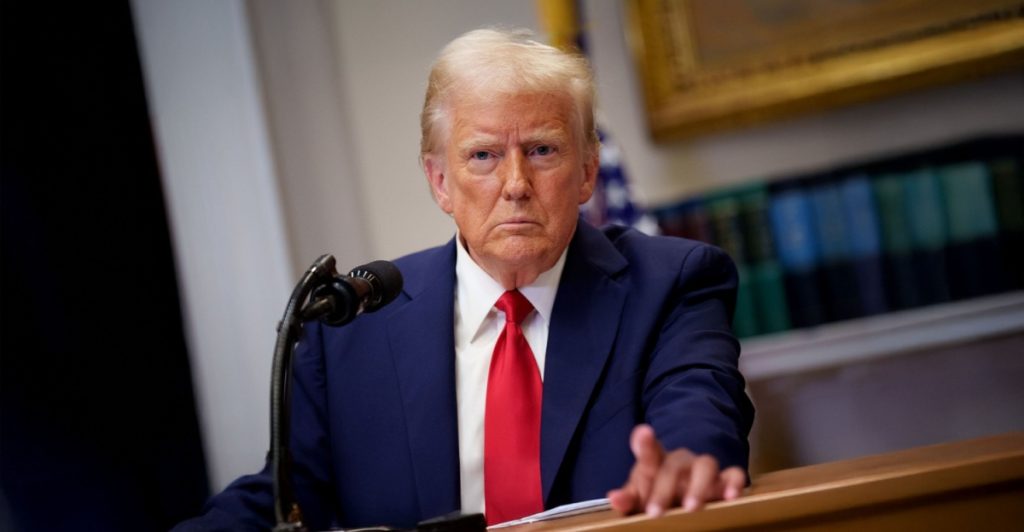
Many of the items now getting tariff relief had become significantly more expensive during Trump’s presidency, partly due to the trade policies his administration imposed and limited domestic supply of certain agricultural products.
Voter frustration puts pressure on economic policy
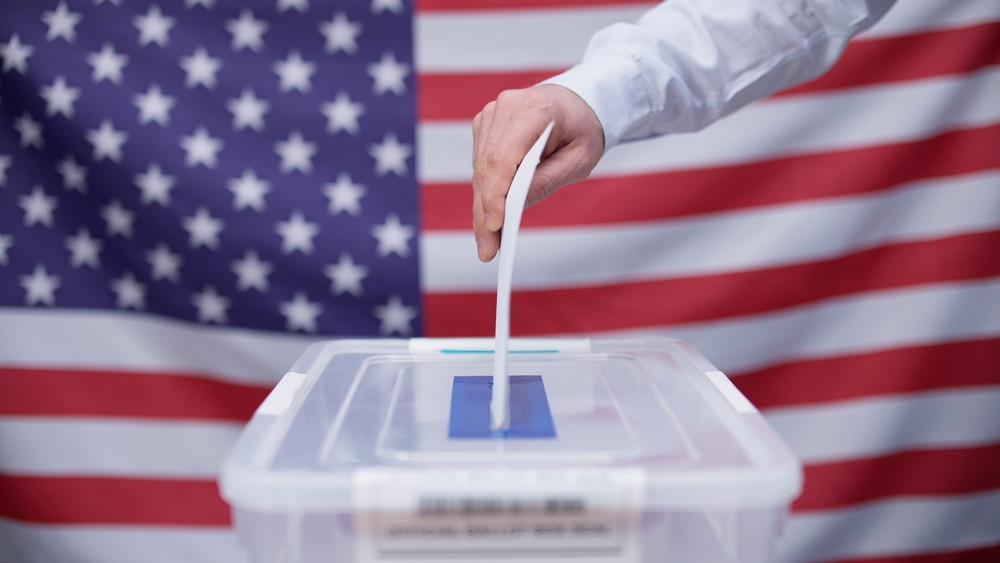
The decision to ease tariffs follows a wave of voter discontent over the economy in recent off-year elections.
Also read
Several states saw Democratic wins, sending a clear message to the Trump administration about economic anxiety among the public.
Executive order aims to cool inflation at the grocery store

This targeted tariff rollback appears designed to ease grocery inflation that’s hit American households hard.
Lower tariffs could reduce wholesale costs, eventually bringing down prices for consumers on everyday staples.
Not a full exemption, but a noticeable shift
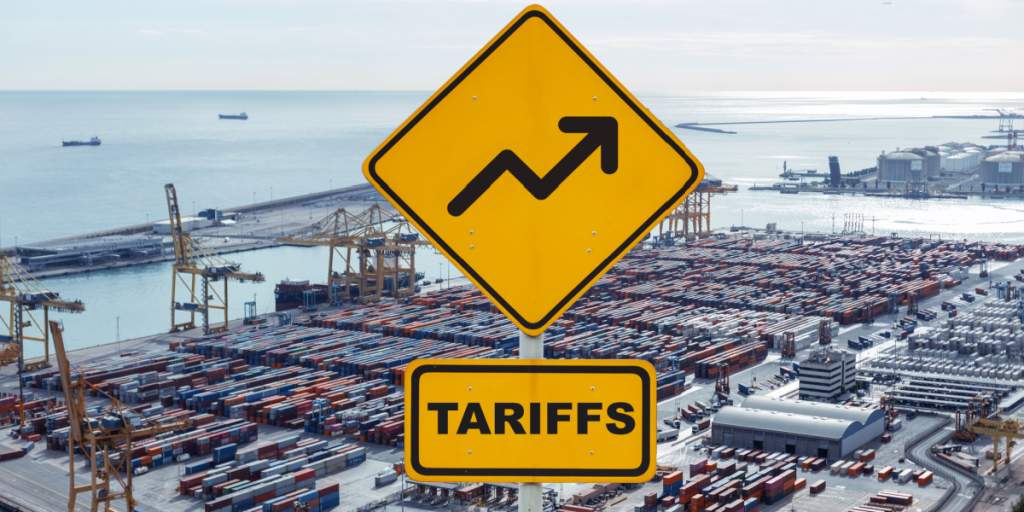
While the goods are no longer subject to the highest “reciprocal” tariffs, they’ll still be taxed at some level. The administration stopped short of fully eliminating tariffs, suggesting a more moderate policy shift rather than a total reversal.
A nod to imported essentials over domestic pride
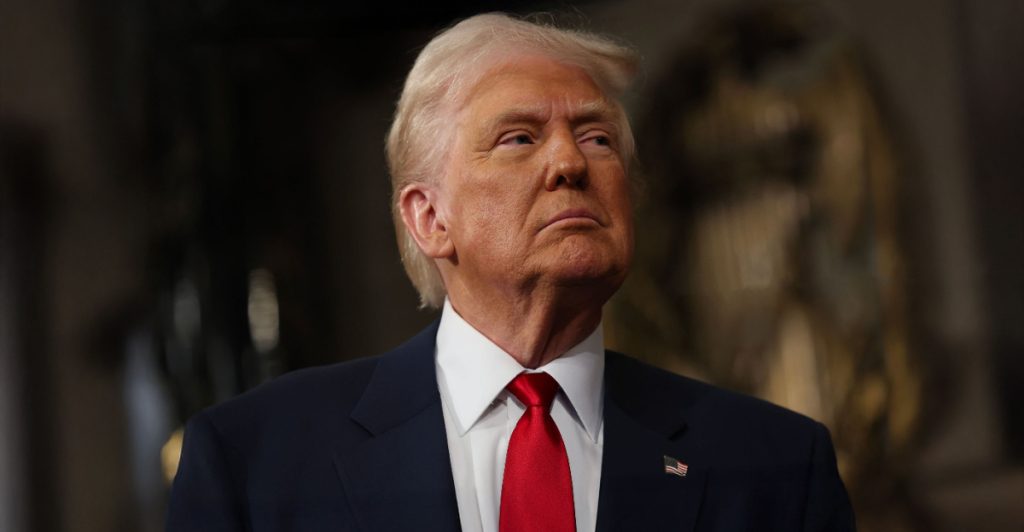
Trump’s move marks a rare moment of prioritizing imports in his traditionally “America First” trade policy. Bessent emphasized that the focus was on goods “we don’t grow here,” acknowledging the nation’s dependence on some foreign-sourced foods.
Switzerland deal signals broader trade thaw
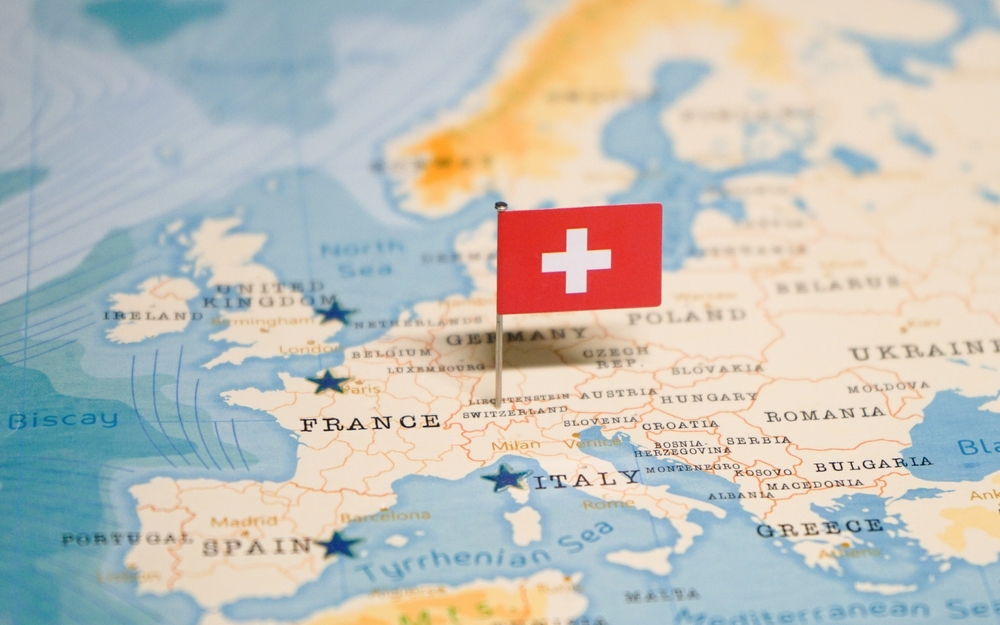
Also read
On the same day, the Trump administration reached a new trade agreement with Switzerland, cutting tariffs on Swiss imports from 39% to 15%. It’s one of the steepest reductions the U.S. has made with any trade partner to date.
Political motivations behind the policy shift
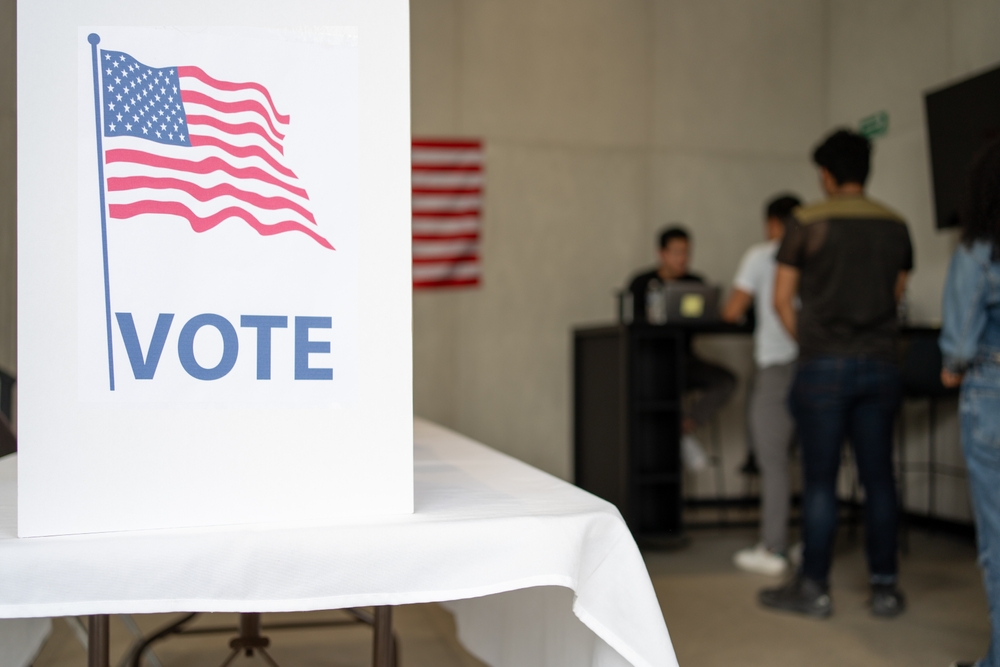
Analysts see the tariff cuts as a politically strategic move, aimed at winning back voter support by addressing everyday financial pain points like food costs, without abandoning Trump’s overall protectionist tone.
Grocery stores brace for pricing changes
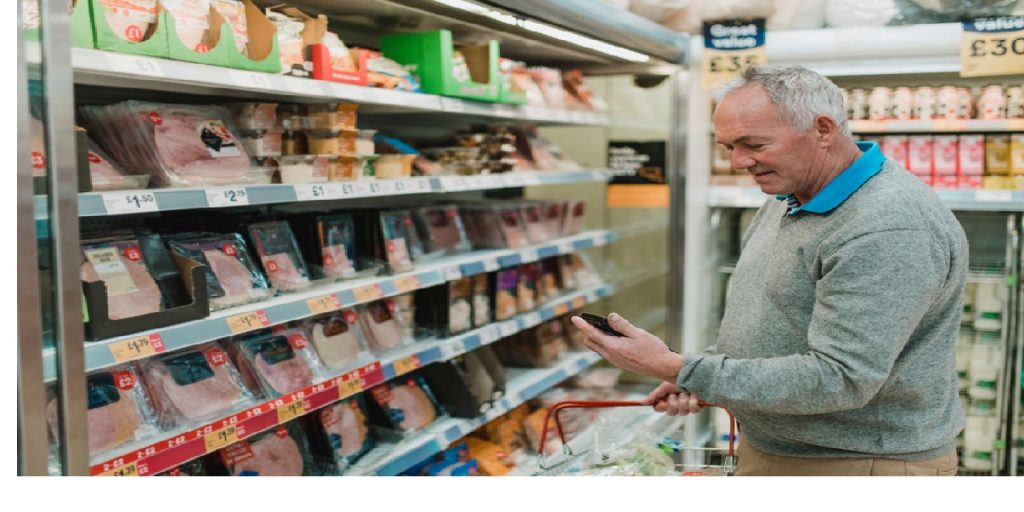
Retailers like Amazon Fresh, which source products like bananas and tomatoes internationally, may see some relief from the changes. If passed on to shoppers, the reductions could help ease the sticker shock many are feeling in the produce aisle.
This article is made and published by Edith Hejberg, who may have used AI in the preparation


